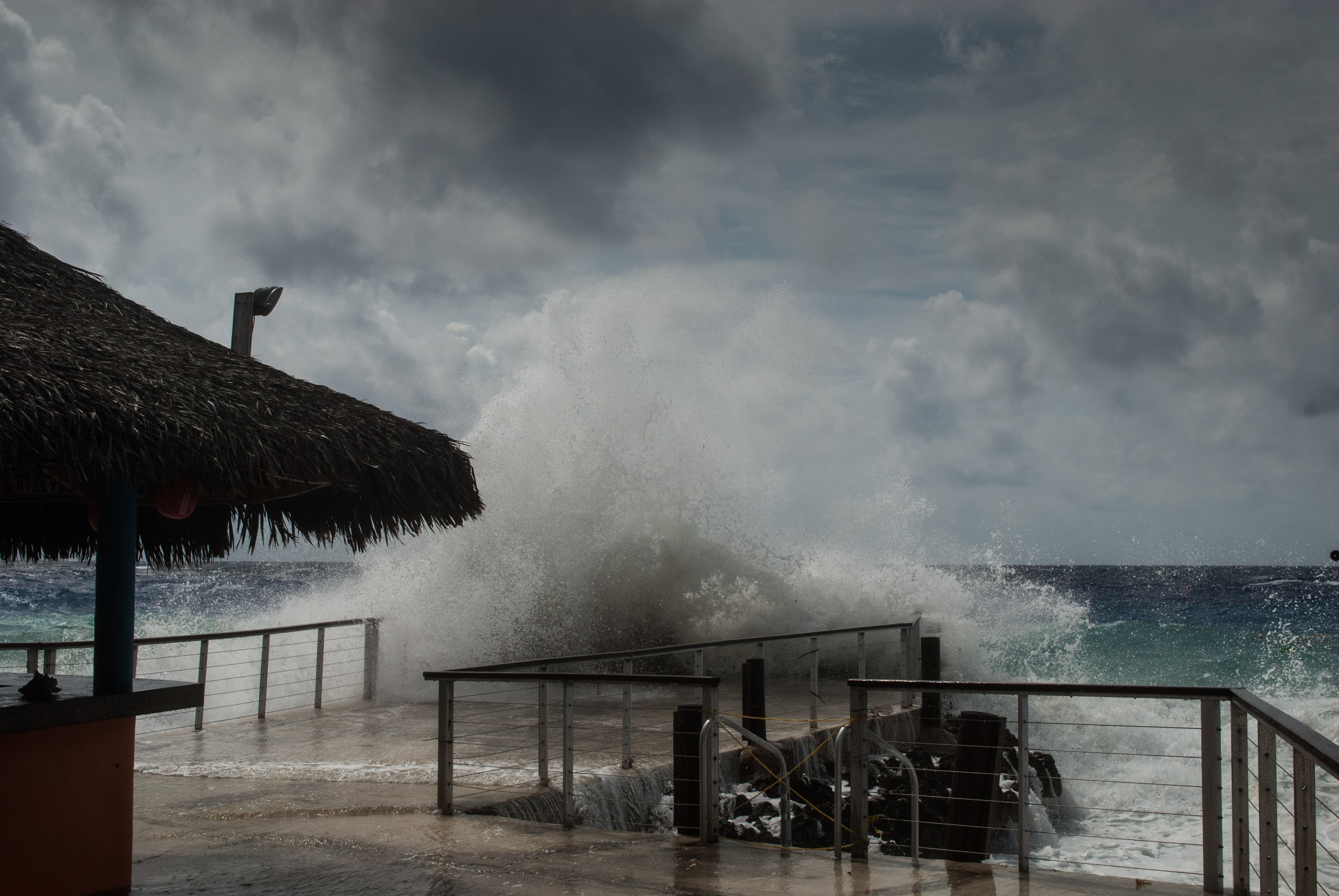
A hurricane surge has wreaked havoc across the Caribbean islands and southern USA. Together, hurricanes Harvey, Irma, Jose, Katia and Maria have caused billions of dollars of damage from Texas to Grenada.
The effect on commerce has been profound. America’s Federal Emergency Management Agency estimates 40% of small businesses will never reopen after a disaster. Insurance can help firms recoup some of the damage, but the scale of destruction has a lasting legacy. Severed communications means many businesses are yet to hear back from their providers, and infrastructural regeneration could take years.
Ken Schwartz FCSI of SSA is based in Tampa, Florida, and was forced to evacuate when Irma struck. “We’re in Tampa in the central part of the state on the west side and we were spared,” he says. “But we have friends and clients in St. Bart’s who got hit really hard. Luckily they were spared from Maria, but we also have clients in Puerto Rico as well.”
The intense and ongoing damage from this year’s hurricane season has affected everyone in the region. The devastating impact on supply chains, workforces and tourism means foodservice and hospitality are feeling the squeeze.
The foodservice perspective
With storm damage this far reaching, businesses are feeling the effects in different ways. Many foodservice and hospitality firms have found themselves in precarious positions.
The region is a hotbed for tourism, as Schwartz points out. “When you think of these islands – Caribbean, British and French West Indies and so on – so much of their industry is hospitality and tourism. Without the ability to host and service guests, they’re out of business for a while.”
The fallout from Hurricane Katrina in 2005, which saw national growth and employment figures take a tumble in America, offers an insight into just how devastating natural disasters can be for business. Some firms are better placed to cope than others.
Starbucks, for instance, closed 700 of its stores in the build-up to Hurricane Irma. It has also offered special pay packages to employees who are unable to work due to closures and storm damage.
But Schwartz notes that many small providers are in a more difficult position. Some are forced to close down, but no employer does so “by choice”, he says. “In most foodservice operations only management is salary. Most work hourly or hourly plus tips – if these guys don’t work they don’t get paid. There are probably millions of people in that category.”
Natural disasters place intense pressure on foodservice and hospitality. Neither workers nor managers can operate at full capacity, and firms’ bottom lines take the hit.
Weathering the storm
If a hurricane hits, what can businesses do? “You’ve got to have a best case and a worse case scenario plan,” says Schwartz. “The power could be out for days. There might be nothing physically wrong with your space, but you just don’t have electricity. All of these things are so out of your control.”
Schwartz adds: “the best scenario is figure out what you have to do to get up and running and soon as possible, even if it’s with minimal offerings.” Restaurants may consider offering a partial menu, or keeping the bar open even if the kitchen shuts. Doing so can ease businesses back into regular operations in the immediate aftermath of a crisis, as well as providing welcome respite for the local community.
Schwartz also urges firms to make the most of resources available to liaise with staff and clients. Social media is an indispensable tool when other communication channels are disrupted. “If you think about it, your customers are your prime followers,” says Schwartz. “It’s the best means to communicate with them.”
It is absolutely essential for foodservice and hospitality firms to prepare for the worst. This means securing key equipment before disaster strikes, making effective use of available communication channels at the peak and gently facilitating the return to business as usual in the following weeks and months.
But Schwartz’s concluding message contains the most important advice of all. Carrying costs and lost revenue hurt in the short term – “But that is far outweighed by people’s safety. When the decision’s made and it’s time to evacuate, a lot of people will sit back. They’ll say they’ve done it the last two or three times and nothing has happened. But that’s the time you’ll get really surprised. It’s better to be safe than sorry.”
Thomas Lawrence
